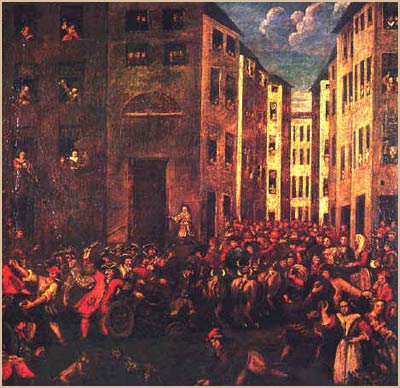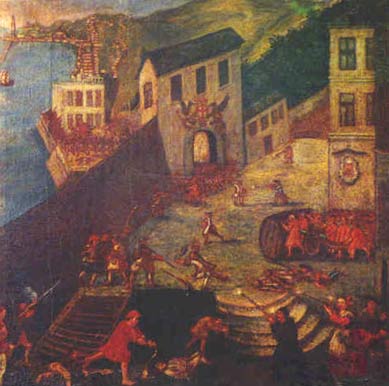Maria Drago, known as Maria Mazzini after her marriage to Giacomo Mazzini, was born in the 18th century and was the mother of four children, including Giuseppe Mazzini. A cultured and deeply religious woman, she was an emotional and moral reference point for her son, who was always very close to her. Her influence was decisive in the formation of Giuseppe's ethical and patriotic thinking. Born in Pegli (then an autonomous municipality) in 1774, she died in Genoa on 9 August 1852, during the exile of her son, who deeply mourned her loss.
The portrait of Maria Mazzini is an intense and sober work, depicting her in her mature years. The simple, dark clothing, devoid of ornaments, emphasises her reserve and her role as a devoted mother, a silent but fundamental figure in her son's education. The work fits into the context of the family and patriotic cult surrounding Mazzini's memory, celebrating not only the hero, but also the emotional and moral roots from which he was born. Portrait of Maria Mazzini in mature age dressed in dark clothes, seated and intent on reading a book.





